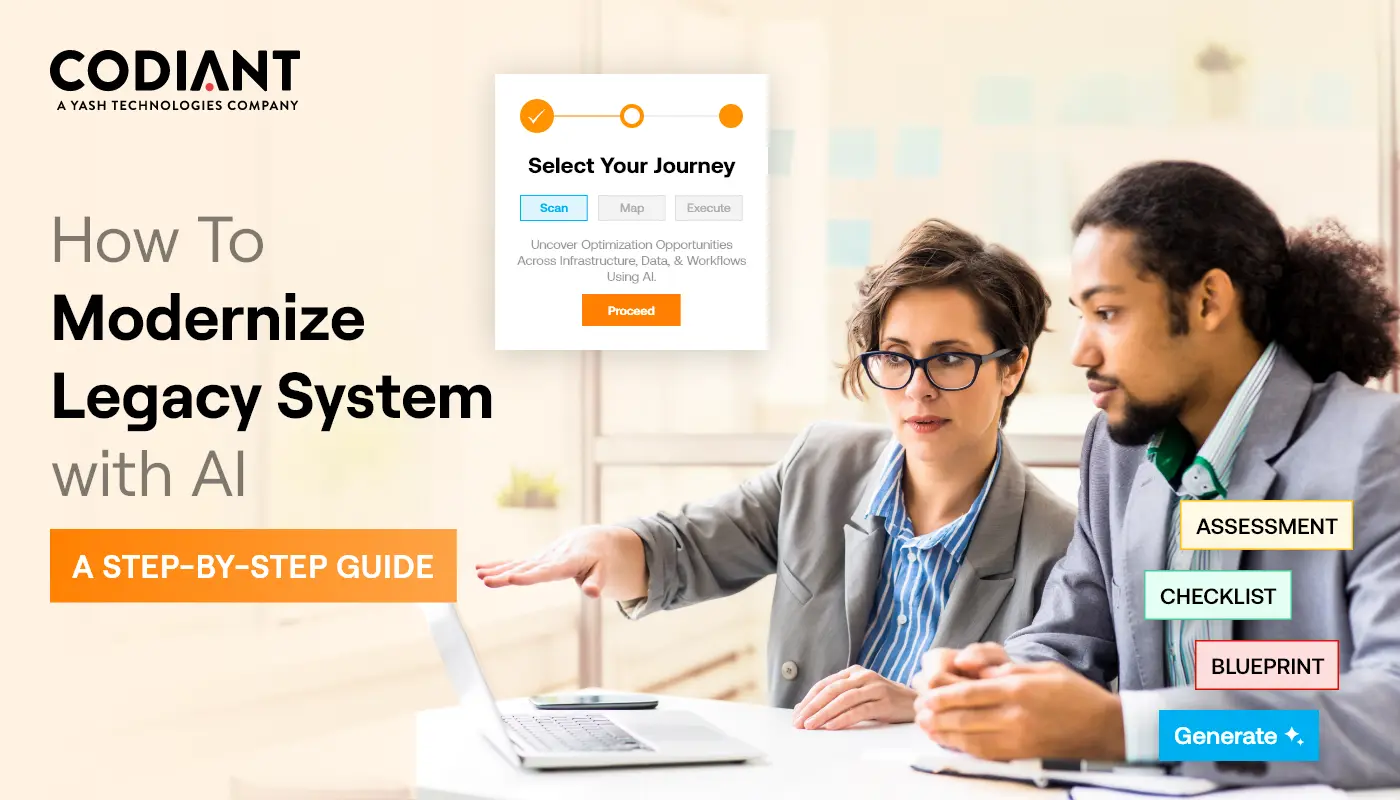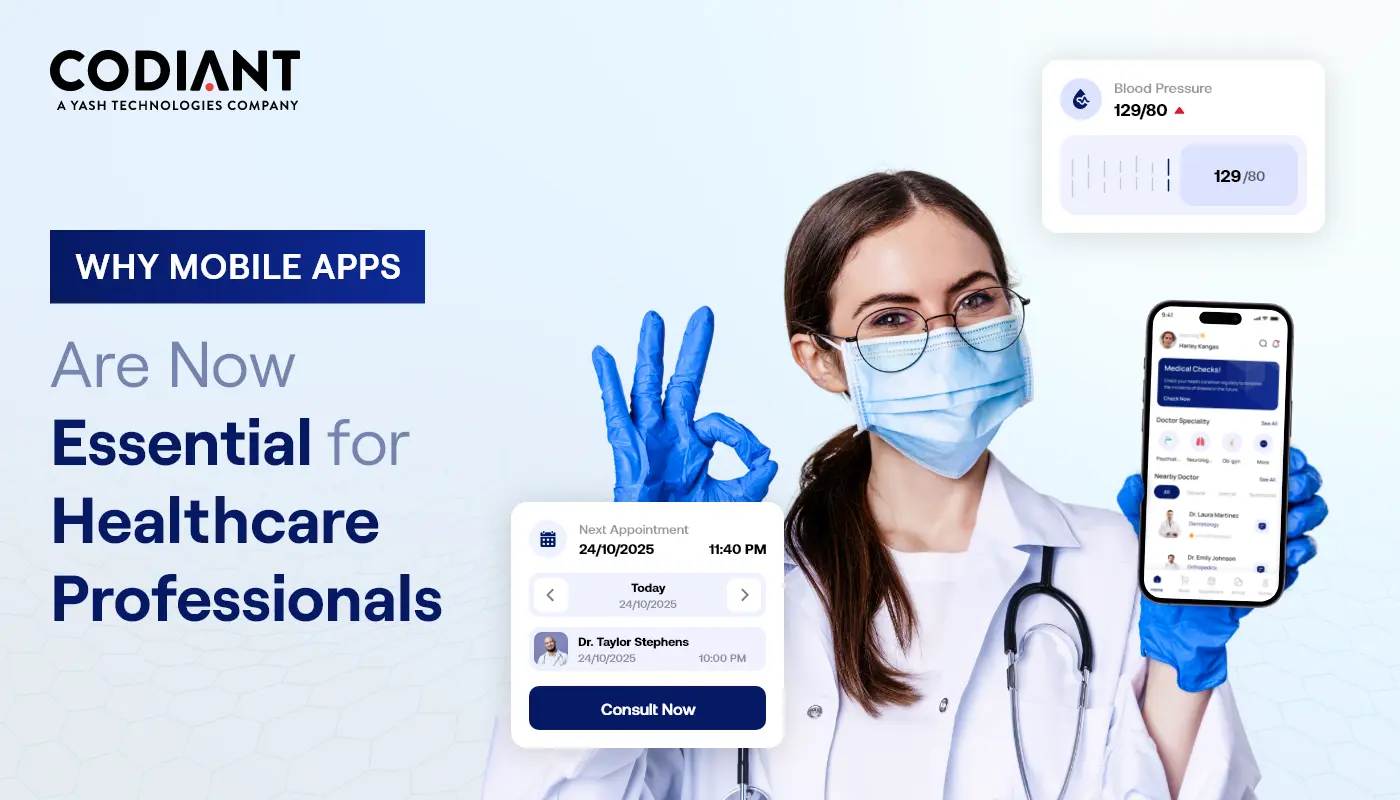How We Create eCommerce Websites with Scrum?
Table of Contents
Subscribe To Our Newsletter

You’ve been curious and we’re here to reveal our secrets for Scrum-based e-commerce development! Today we are excited to share how we empower eCommerce website development with Scrum for USA businesses, and equip these brands to build high-performing, customer-centric websites that boost conversions with the Agile scrum model.
Since our inception, we have team up with companies of all sizes—from startups to large enterprises! We help them to enhance their online presence through strategic web and app development, digital marketing, and campaign management. With a proven track record of working with leading international brands, we ensure each partnership leads to tangible results and long-term growth.
So, how do we achieve this? Our process to develop robust custom eCommerce websites for USA is driven by short, iterative sprint cycles, ensuring timely delivery of high-quality eCommerce platforms that are thoroughly tested on dedicated UAT systems before deployment.
So, how do we do it? Let’s take you behind the scenes of our process, where we develop robust custom eCommerce websites in short, iterative sprint cycles, thoroughly tested on dedicated UAT systems.
What Is Scrum & How Does It Work?
Scrum is an Agile development framework that allows software development teams to build and enhance digital products in an adaptive and feedback-driven manner. Scrum for USA online businesses remains flexible, scalable, and aligned with ever-evolving market demands. This approach enables teams to deliver high-quality products faster while maintaining a focus on customer satisfaction and business objectives.

PO and PB: Two Major Terms Used in Scrum
Product Owner (PO)
PO is the connecting line between stakeholders and developers. The PO collects input, defines requirements, ensures technical integrity, and runs stand-up meetings to keep the team aligned.
The Product Owner serves as the primary point of contact for all stakeholders and team members, ensuring that the project stays aligned with the business goals. They collect inputs, define project requirements, prioritize features, and drive the execution of tasks. Key responsibilities include:
- Streamlining program execution and technical integrity
- Collecting and defining user requirements
- Ensuring technical integrity and product quality
- Facilitating stand-up meetings to align the team
Product Backlog (PB)
A dynamic list of tasks, features, and fixes that developers break down into smaller, manageable chunks (sprints).
Agile Scrum Methodology: Ideal Choice for eCommerce Development
In the fast-paced eCommerce industry, customer needs are constantly evolving. Agile Scrum methodology provides a flexible and efficient approach to meet these demands. That’s where Agile shines!
- Rapid Iterations: We release improvements incrementally, allowing real-time adjustments.
- Flexibility: Adapts to new trends, market demands, and consumer behavior shifts.
- Transparency: Clients have clear visibility into every development stage.
- Proactive Issue Resolution: Bugs and bottlenecks are caught early, ensuring seamless functionality.
Six Phases of Agile Software Development Lifecycle
Now, underneath the Scrum framework, we follow a six-step Agile practices for AI-driven eCommerce development in the USA, ensuring efficiency and high performance.

1. Requirement Analysis
The first stage of six steps process starts from requirement analysis where the Product Owner creates the initial documentation of the project. The activities done during these stages are:
- Who is your target audience (location, preference, needs, gender, and age)?
- What are your marketing channels and selling points?
- Who are your closest competitors?
- What are your plans for website for the next 3-5 years?
If you’re planning to expand into multiple markets or manage several storefronts under one backend, consider exploring multi-store ecommerce strategies.
We also define essential features like third-party integrations, payment gateways, and multilingual support.
2. Planning
In the project planning phase, the Product Owner refines the project objectives gathered during the requirement analysis phase, establishes cost, list of deliverables, and delivery dates and obtains management approval. Activities conducted during this phase are:
- Project Schedule: Outline the timeline and sequence of tasks.
- Resource Planning: Assign team members and identify required skills.
- Roadmap: Estimate timelines and costs for deliverables.
- Work-Breakdown Structure: Break the project into tasks and sub-tasks.
- Technical Requirements: Plan necessary technologies and APIs.
- SLA Creation: Define service expectations and conditions.
3. UI/UX Designing
Our design team which involves UX Analyst, UX Architect, and UI designer creates rough mockups of the UI after having a brainstorming session in a design thinking workshop. This process helps us understand and create an Interactive Customer Experience. The major activities done during this phase are:
- Wireframe Creation: Sketch basic design layouts.
- Prototype Development: Build a low-fidelity interactive prototype.
- High-Fidelity Design: Create a detailed, fully functional design prototype.
- Usability Testing: Evaluate the design’s user experience and functionality.
Also Read UX Case Study: How We Developed A UX of an On-demand Delivery App – Groceeri
4. Development
This is the longest stage of SDLC and is the backbone of any software development. It involves stages like:
- Writing code (converting design to development)
- Search engine optimization to improve website visibility
Read More: Tactics to Optimize Your E-commerce Website Performance
5. Integration and Testing
At this stage of integration and testing, we test the website’s performance, functionality and reliability. It helps us to identify all the bugs and errors in the software. Which are later resolved by the development team and then the product is pushed for deployment. Activities involved during this stage are:
- Test Case Development: Create test cases based on the features and requirements of the project.
- Testing Environment Setup: Set up hardware, software, and other testing conditions to simulate the end-user environment.
- Test Execution: Run tests according to the pre-defined test cases and plans.
- Software Testing in Performance Lab: Conduct different types of testing to ensure quality and performance.
6. Implementation and Deployment
We deploy the eCommerce solutions on the servers and do testing with real users. Introducing new features, and resolving bugs is a continuous or ongoing activity post-deployment.
- Live launch and perform real-user testing.
- Make ongoing updates (if required).
7. Review
Once the development phase is complete and the e-commerce website is deployed, the following activities take place:
- Product owner does standup gathering with the development team.
- Reviews the progress and discuss the ideas to resolve the issues in previous phases.
- A new iteration or next scrum starts adopting scaled Agile practices to enhance collaboration, efficiency, and continuous improvement.
Tailoring ECommerce Platforms for USA Consumers
The USA eCommerce market is dynamic, fast-paced, and customer-driven. To compete, brands need localized, feature-rich platforms. Here’s how we build eCommerce experiences that convert online shoppers in USA:

-
Same-Day & Express Shipping
American consumers demand fast deliveries. We integrate fulfillment solutions like Amazon FBA, ShipBob, and FedEx SameDay to ensure speed and efficiency.
-
Buy Now, Pay Later (BNPL) Integration
With the rise of flexible payments, we incorporate Affirm, Klarna, and Afterpay to improve checkout conversions and increase AOV (Average Order Value).
Read More: Why and How Businesses are Integrating BNPL System
-
Social Commerce & Omnichannel Selling
We connect eCommerce platforms with Instagram, Facebook, TikTok, and Google Shopping, ensuring brands reach customers across multiple channels.
-
AI-Powered Personalized Shopping
AI scales e-commerce platforms at a fast pace! By leveraging AI-based product recommendations, we enhance user experience and boost sales through hyper-personalized suggestions.
For eCommerce brands that are looking to develop a stunning, customer-centric eCommerce website with a great user experience, customized as per your brand needs and wants, we’ve got you covered. Our agile scrum model and incremental web development technique allow you to customize the web platform the way you need it.
Case Study: eCommerce Store for a Fashion Brand in USA
A leading U.S.-based fashion retailer partnered with us to revamp their online platform. By leveraging the Scrum framework, we achieved the following results:
- 30% reduction in cart abandonment through streamlined checkout and BNPL integration.
- 25% increase in repeat purchases via AI-driven personalized recommendations.
- Improved delivery times by integrating automated fulfillment and same-day shipping.
To explore how Scrum can transform your eCommerce platform, contact our expert development team today.
Frequently Asked Questions
AI helps e-commerce websites by showing personalized product suggestions, using chatbots for customer support, detecting fraud, managing stock, and automating marketing. It studies customer behavior, improves search results, and adjusts prices automatically. This makes shopping easier for customers and increases sales for businesses.
To create an eCommerce website, choose a platform like Shopify or WooCommerce, buy a domain name, design your store, add products, set up payment methods, and arrange shipping. Test everything before launching. Promote your store through digital marketing and keep updating it to stay competitive.
Agile is the best method for eCommerce website because it allows flexible and step-by-step development. It helps businesses quickly adapt to customer needs, fix issues faster, and launch updates regularly. This keeps the website fresh, improves customer experience, and reduces risks.
The Agile model means building the website in small steps called sprints. Each sprint includes planning, developing, testing, and getting feedback. This way, businesses can improve features regularly, respond to market changes faster, and create a better shopping experience.
Big eCommerce sites like Amazon, eBay, and Alibaba use Scrum. Scrum helps them update features quickly, improve website design, and fix issues faster. It also allows teamwork and better planning, making these websites run smoothly and efficiently.
Featured Blogs
Read our thoughts and insights on the latest tech and business trends
How to Modernize Legacy Systems with AI – A Step-by-Step Guide
- October 31, 2025
- Artificial Intelligence
In a Nutshell: Legacy systems aren’t outdated - they’re underutilized. AI can modernize them without full replacement, saving time and cost. Modernization is a journey, not a rebuild. Start small with automation, data clean-up &... Read more
Top Reasons Why Healthcare Providers Need Mobile Apps Today
- October 27, 2025
- Healthcare
If you’ve been to a clinic lately, you might have noticed something new-paper forms are almost gone and screens are everywhere. From booking doctor visits online to checking your recovery updates on your phone mobile... Read more
Which is Better for Your Business in 2025- Chatbots or Conversational AI?
- October 22, 2025
- Artificial Intelligence
In a Nutshell: Chatbots = Simple & Fast- Great for FAQs, appointment bookings & routine customer support. Conversational AI = Smart & Scalable- Uses NLP and machine learning to understand context, personalize replies & handle... Read more




